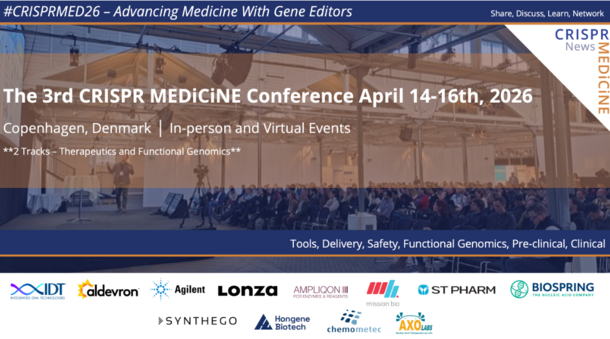Limb girdle muscular dystrophy (LGMD) is a group of disorders including at least 33 different diseases that are characterised by weakness in the muscles of the arms and legs. The disease mainly affects the muscles of the shoulders, upper arms, pelvic area, and thighs. The conditions are progressive, leading to a loss of muscle strength and mass over a number of years, with varying degrees of severity. This muscle dystrophy is classified on the basis of its inheritance and genetic cause. LGMD type 1 includes all forms of the disease that are inherited in an autosomal dominant pattern. LGMD type 2 describes forms of the disease that are inherited in an autosomal recessive pattern. Type 2A is the most common form of LGMD. There are several different genes associated with the different forms of LGMD. The severity, features and onset of the disease depends on the subtype of the disease. Symptoms may first manifest at any age and usually progress over time, sometimes leading to individuals requiring the use of a wheelchair.
Early symptoms include muscle weakness that may lead to an unusual walk or gait and difficulty standing from sitting positions. Muscle wasting may cause a change in posture or in the appearance of the shoulder, back or arms. Abnormally curved backs such as scoliosis or lordosis may be present in individuals with LGMD. In severe cases, people with LGMD may require a wheelchair as the disease progresses. Other symptoms include stiffness of the joints and overgrowth in calf muscles, lower back pain, Some forms of this disease also result in weakness of the heart muscles and mild to severe breathing problems related to weakness of muscles needed for breathing. These symptoms may lead to palpitations or spells of passing out.
The various subtypes of LGMD are caused by mutations in many different genes, all of which are involved in muscle repair and maintenance.
Calpainopathy, or type 2A, is caused by mutations in the CAPN3 gene.
Dysferlinopathy, or type 2B, is caused by mutations in the DYSF gene.
Sarcoglycanopathies include types 2D, 2E, 2C, and 2F, and are caused by mutations in the SGCA, SGCB, SGCG, and SGCD genes respectively.
Type 2J is caused by a TTN gene mutation.
Mutations in the ANO5 gene cause type 2L.
Dystroglycanopathies include types 2I, 2K, 2M, and 2N and are caused by mutations in several other genes.
